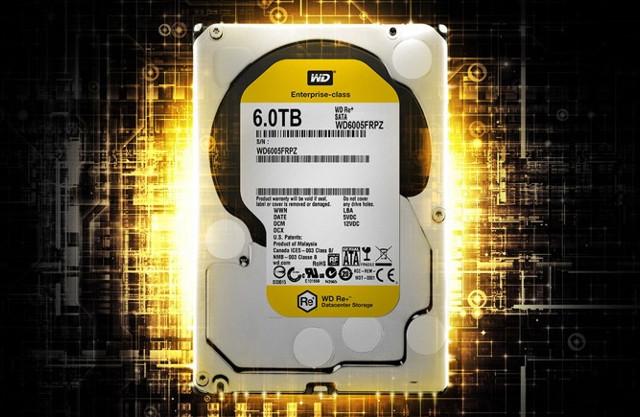
“Dollars and watts are the finite currencies in the modern datacenter,” said Matt Rutledge, senior vice president of storage technology at WD. “With a leading watt-per-gigabyte ratio and the long-trusted reliability of the WD Re hard drive platform, WD Re+ offers our customers with limited power budgets a WD Re-class choice for tier-2, high-intensity storage applications.”
Related: Western Digital puts extra horsepower into newest My Cloud network hard drives
The WD Re+ hard drives are designed to handle up to 550TB per year. They use the typical SATA interface and can reach sustained sequential data rates of up to 225 MB/s. That’s not as fast as a solid state drive of course, but it’s extremely quick for a mechanical drive. This speed is likely helped by very large cache sizes, which can reach up to 128MB.
Other features of the product line include vibration protection, dual actuator technology, and a multi-axis shock sensor designed to detect even the slightest shock events that could harm data. The WD Re+ drives also come with dual processors for redundancy and improved performance.
WD has incorporated some of its trademark technology into the hard drives as well. StableTrac, for instance, secures the motor shaft at both ends to reduce system-induced vibration. NoTouch ramp load technology makes sure that the recording head never touches the disk media, enhancing drive protection.
While designed for datacenters, these drives may also be of interest to home users who want extremely reliable long-term storage. Their many terabytes of space is sure to attract interest, as well.
All of the new hard drives will come with a five-year warranty from the company. More information on each of the products can be found on the WD product website.
Editors' Recommendations
- Western Digital comes clean about massive security breach
- Blistering-fast Western Digital SSDs hit up to 7,300MB/s
- Amazon’s Cyber Monday sale cuts prices on Western Digital hard drives


